Recent Findings Question the Validity of the ‘Out of Africa’ Theory
Discourse surrounding the out-of-Africa migration has recently undergone a paradigm shift.
In recent years, talented researchers from across the globe have made concerted efforts that have yielded a new perspective on early human migration patterns.
Revelations Based on Fossilized Bones and Tools
Scientists from the University of Tulsa, Oklahoma and experts from Israel institutions have made interesting conclusions regarding fossilized bone and tool samples found in Israel and Georgia.
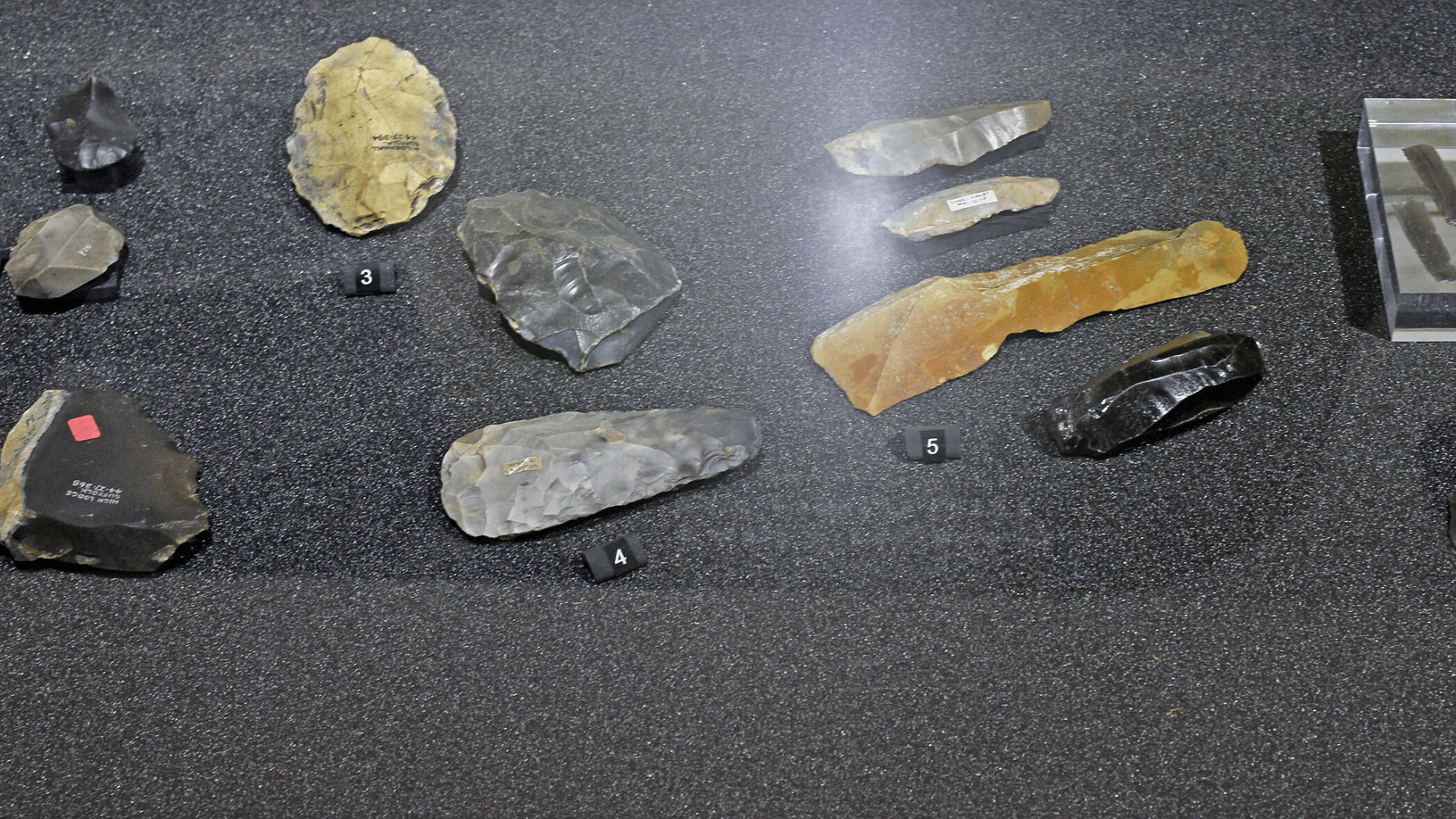
Rodhullandemu/Wikimedia Commons
These revelations have ushered in a new era of understanding about the nature of human dispersal from the African continent.
Ubeidiya, an Archaeological Treasure Trove
One pivotal site in this reevaluation is Ubeidiya, situated in proximity to the southern edge of the Sea of Galilee near Kibbutz Beit Zera.
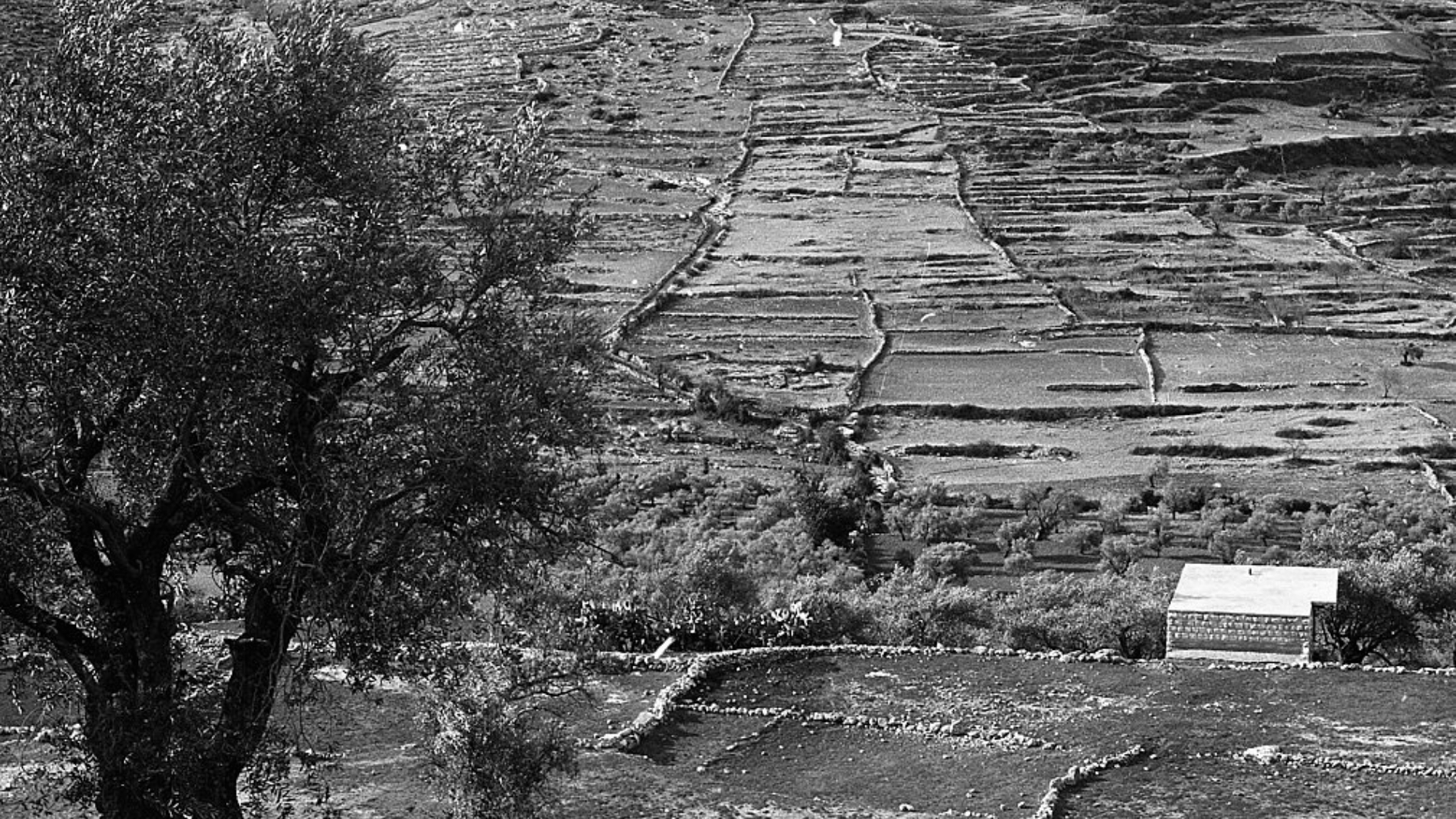
National Library of Israel/Wikimedia Commons
Dated to approximately 1.5 million years ago, Ubeidiya stands as one of the earliest prehistoric archaeological sites discovered outside of Africa.
Ubeidiya was Originally Excavated in the 1960s
In the early 1960s, Israeli prehistorians meticulously unearthed a treasure trove of artifacts, including rich stone tool assemblages utilized by early humans.
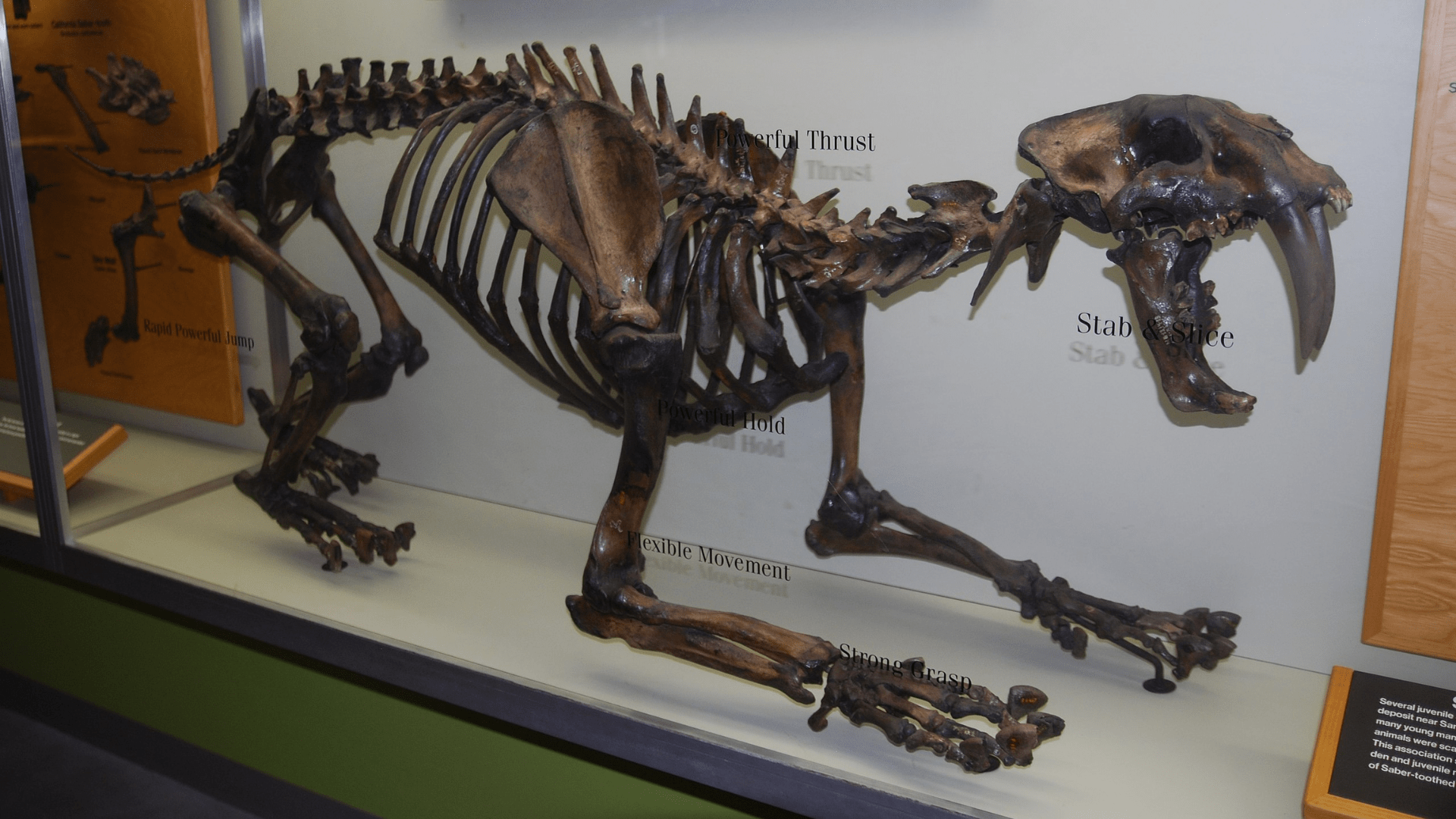
Bill Abbott/Wikimedia Commons
Among the findings were the remains of various extinct species, such as Saber Tooth Cats and Mammoths, alongside unexpected ones like hippos, rhinos, and large crocodiles not typically associated with the region.
Miriam Belmaker Studies Ancient Climate and Animals at Ubeidiya
The significance of Ubeidiya gained renewed attention in 2018 when Miriam Belmaker secured a National Science Foundation grant to delve into the ancient climate of the site and refine its dating.
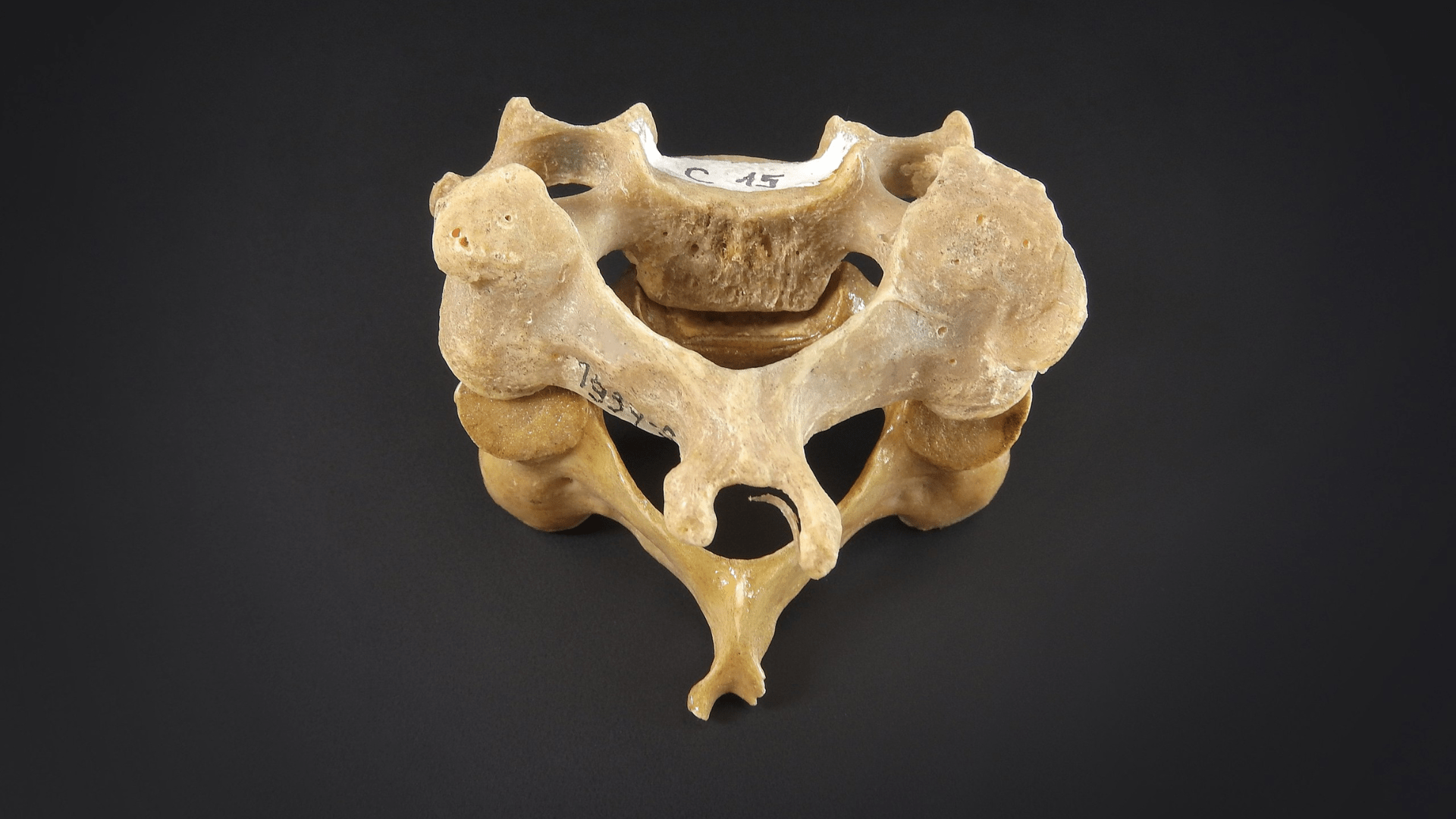
MAKY.OREL/Wikimedia Commons
While examining animal bones from the site, Belmaker stumbled upon a fossilized vertebra exhibiting human-like features, initially excavated in 1966.
Analyzing Discovered Vertebra
Collaborating with a team of scientists, Belmaker scrutinized this vertebra, unraveling crucial insights.

National Cancer Institute/Wikimedia Commons
Firstly, the vertebra belonged to a child, evident from its shape and incomplete growth.
Vertebra Belongs to a Child
Had this individual reached adulthood, estimates suggest a stature of approximately 1.8 meters (5 feet 10 inches) and a weight around 90 kilograms (190 pounds).

Hubble Space Telescope/Wikimedia Commons
Notably, these figures align more with large-bodied hominids from Africa during a similar period than with the smaller-bodied hominids discovered at the Dmanisi site in Georgia.
Evidence of Two Coexisting Human Species
The second significant revelation challenges previous notions: evidence of two distinct human species coexisting during the Lower Pleistocene outside of Africa.

Heinrich Harder/Wikimedia Commons
This finding adds complexity to the understanding of early human migration and suggests a more intricate narrative than previously envisioned.
Was Out-of-Africa Migration a Singular Event or Reoccurring?
The debate over the out-of-Africa migration has long revolved around whether it was a singular event or occurred in multiple instances.
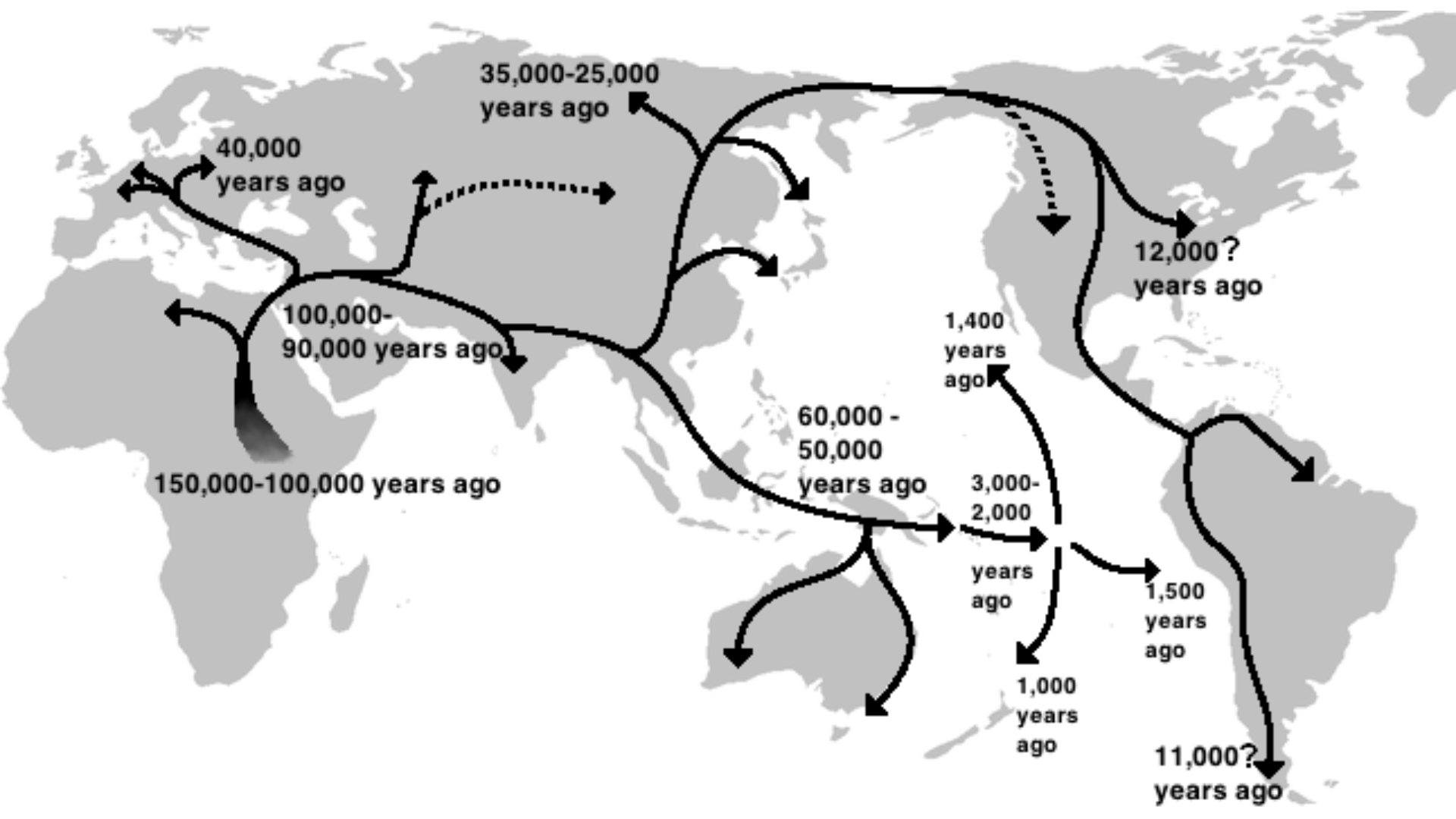
Ephert/Wikimedia Commons
The emerging data supports the latter, indicating that early hominids embarked on at least two migrations, each characterized by unique traits. The divergence between the Dmanisi site’s population and that of Ubeidiya in terms of size, shape, stone tool technology, and ecological context reinforces the notion of multiple migration waves.
Differences Discovered in Stone Manufacturing Techniques
Dr. Omry Barzilai of the Israel Antiquities Authority, analyzing the stone artifacts from both sites, discerned differences in stone manufacturing techniques and tools.
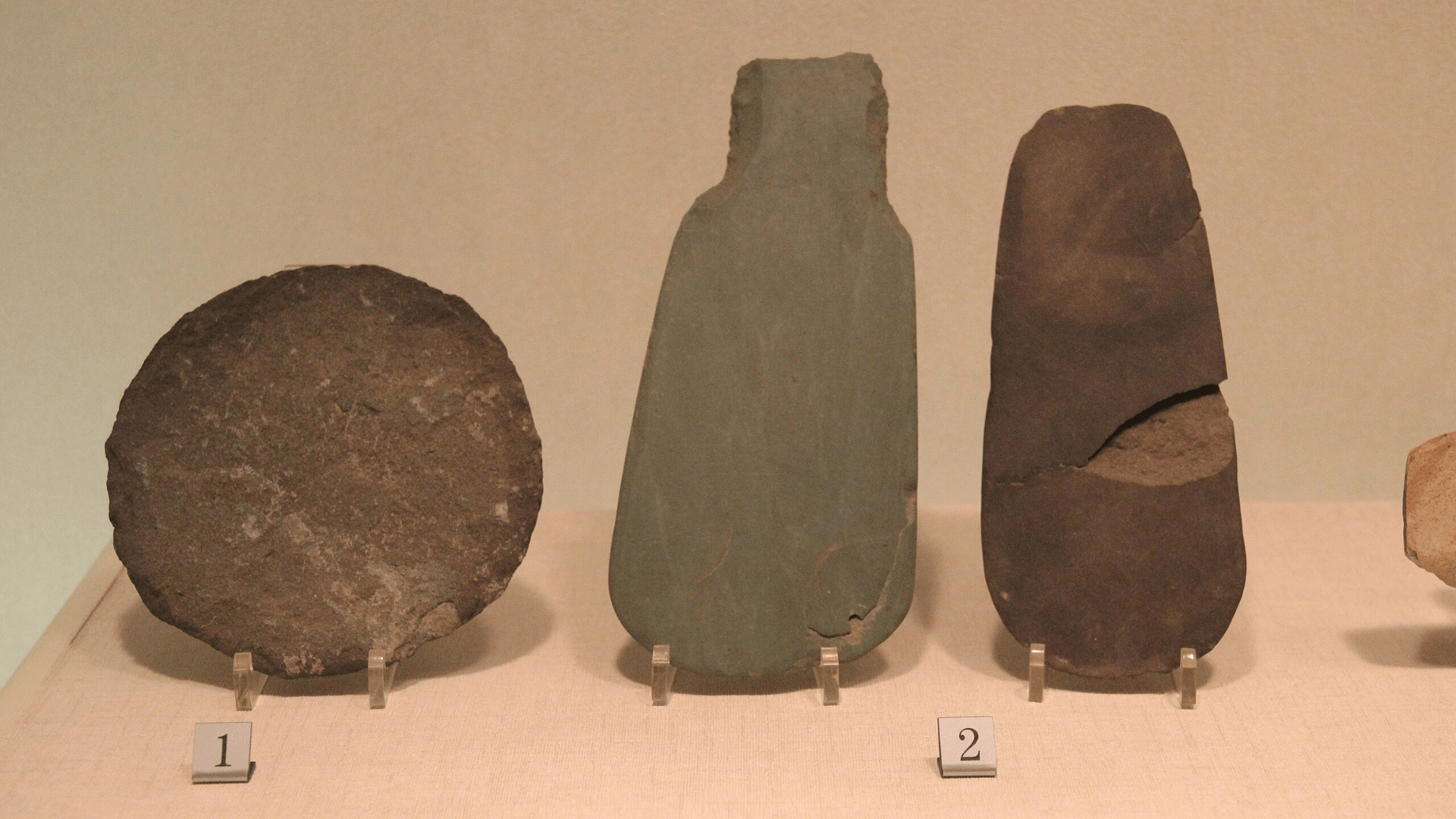
Gary Lee Todd, Ph.D./Wikimedia Commons
These distinctions further underline the notion that each migration wave introduced a new hominid population with its distinct stone-making tradition. This not only reflects their cognitive abilities but also provides insights into their preferences regarding ecological niches and habitats.
New Genetic Study Alters Understanding of Human Evolution
Research published in Nature also suggests a complex origin story for humans, with our ancestors emerging at different times and locations across Africa.
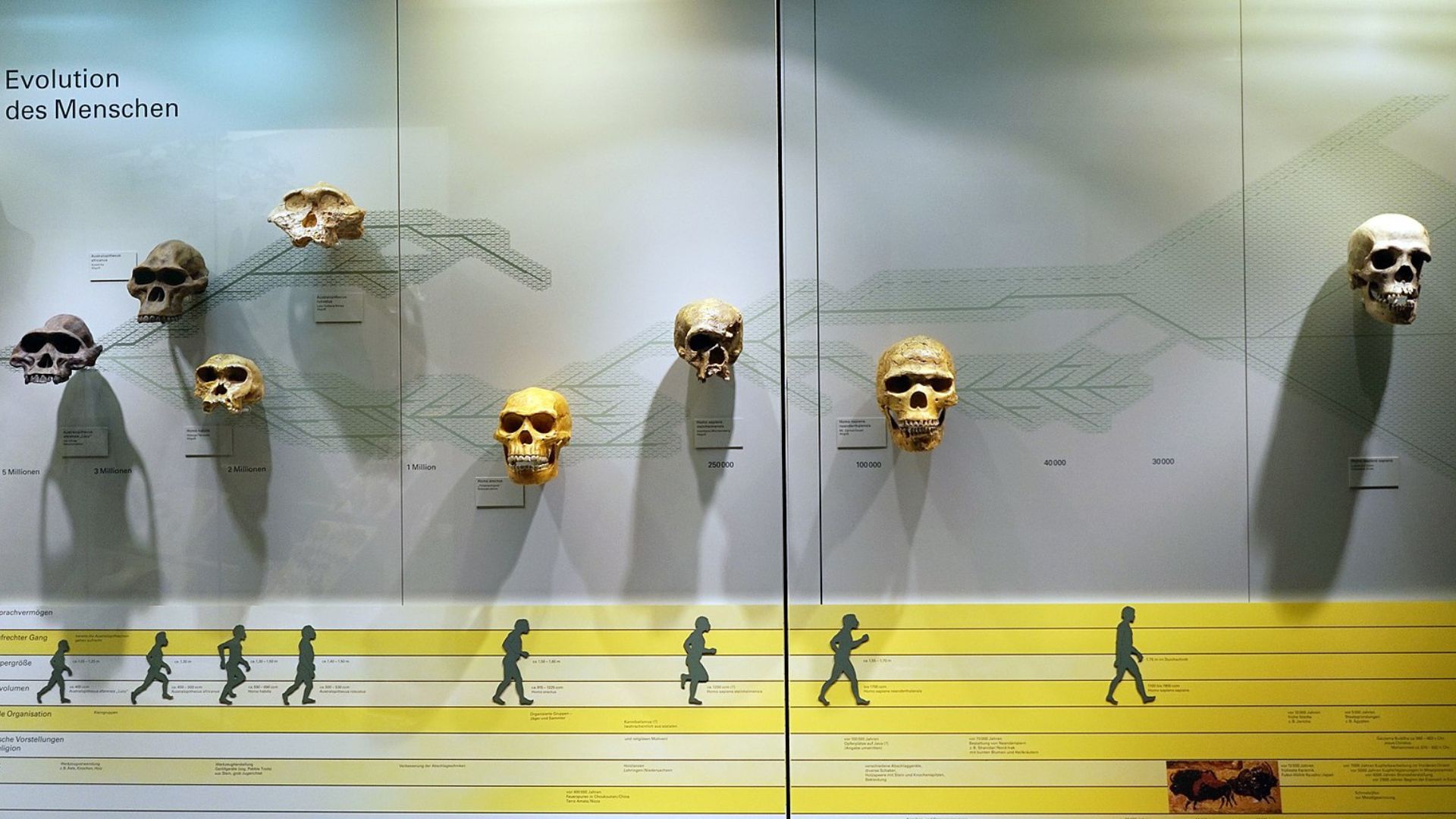
Source: Wikimedia Commons
Contrary to previous beliefs that humans originated from a single point, this study indicates a more distributed evolutionary process. Scientists analyzed the genomes of 290 people, which led them to conclude that humans descended from multiple populations in Africa.
Diverse Ancestral Lineages Identified in Human DNA
The New York Times reports that the genetic analysis revealed that our predecessors belonged to at least two distinct populations within Africa.

Source: Lina Loos/Unsplash
These groups coexisted and evolved separately for a million years before eventually merging. This intricate evolutionary background challenges the simple narrative of a singular human origin and highlights the continent’s significant role in our species’ history.
Challenging the Single-Origin Hypothesis
Eleanor Scerri, an evolutionary archaeologist at the Max Planck Institute for Geoarchaeology, stated, “There is no single birthplace” regarding human origins.
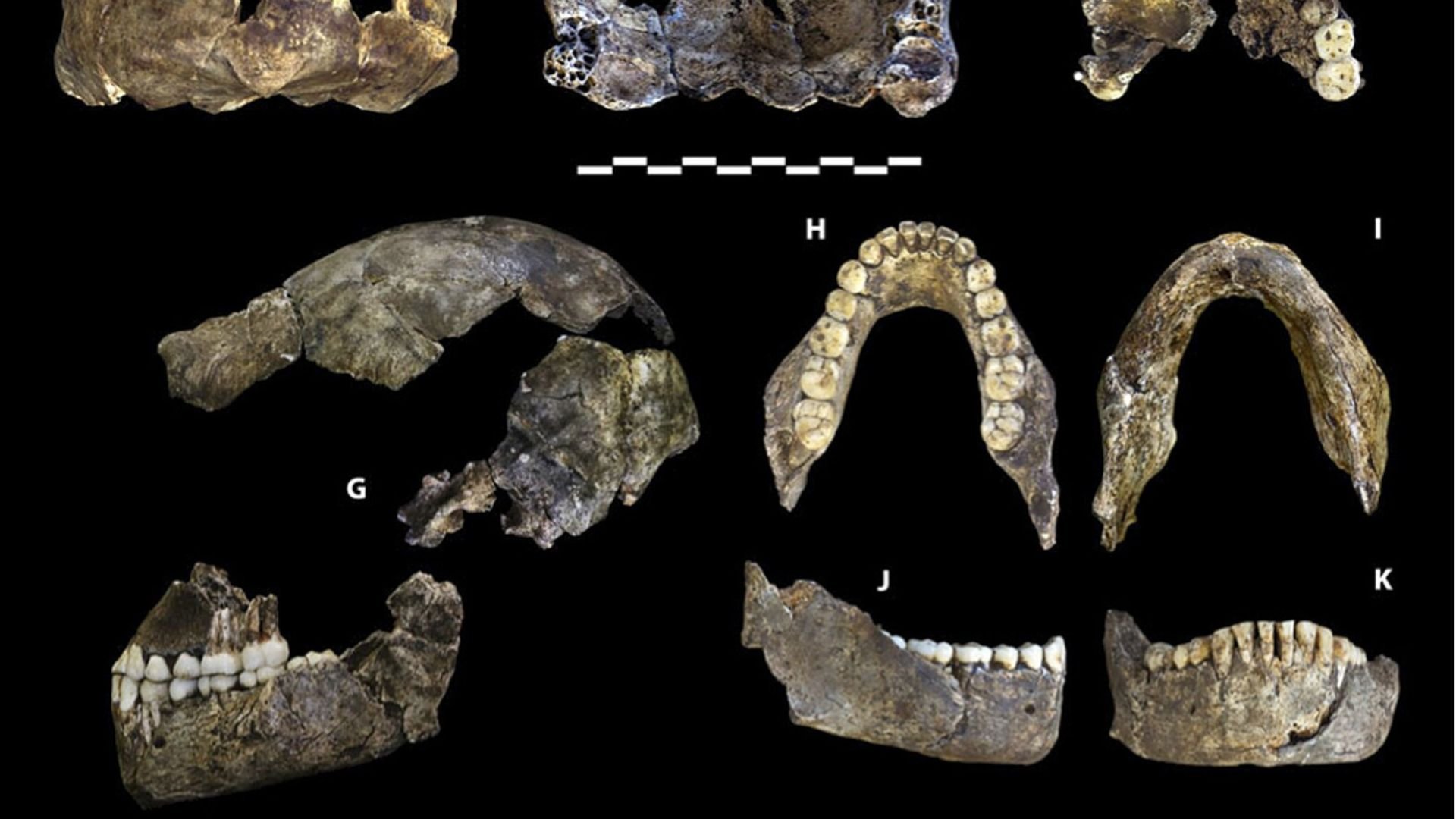
Source: Wikimedia Commons
This new evidence negates the previous consensus of a single African cradle of humanity, suggesting a more fragmented inception of modern humans across the continent.
Genetic Diversity Points to African Origins
The research illustrates Africa’s importance in human evolution, evident from the continent’s vast genetic diversity.
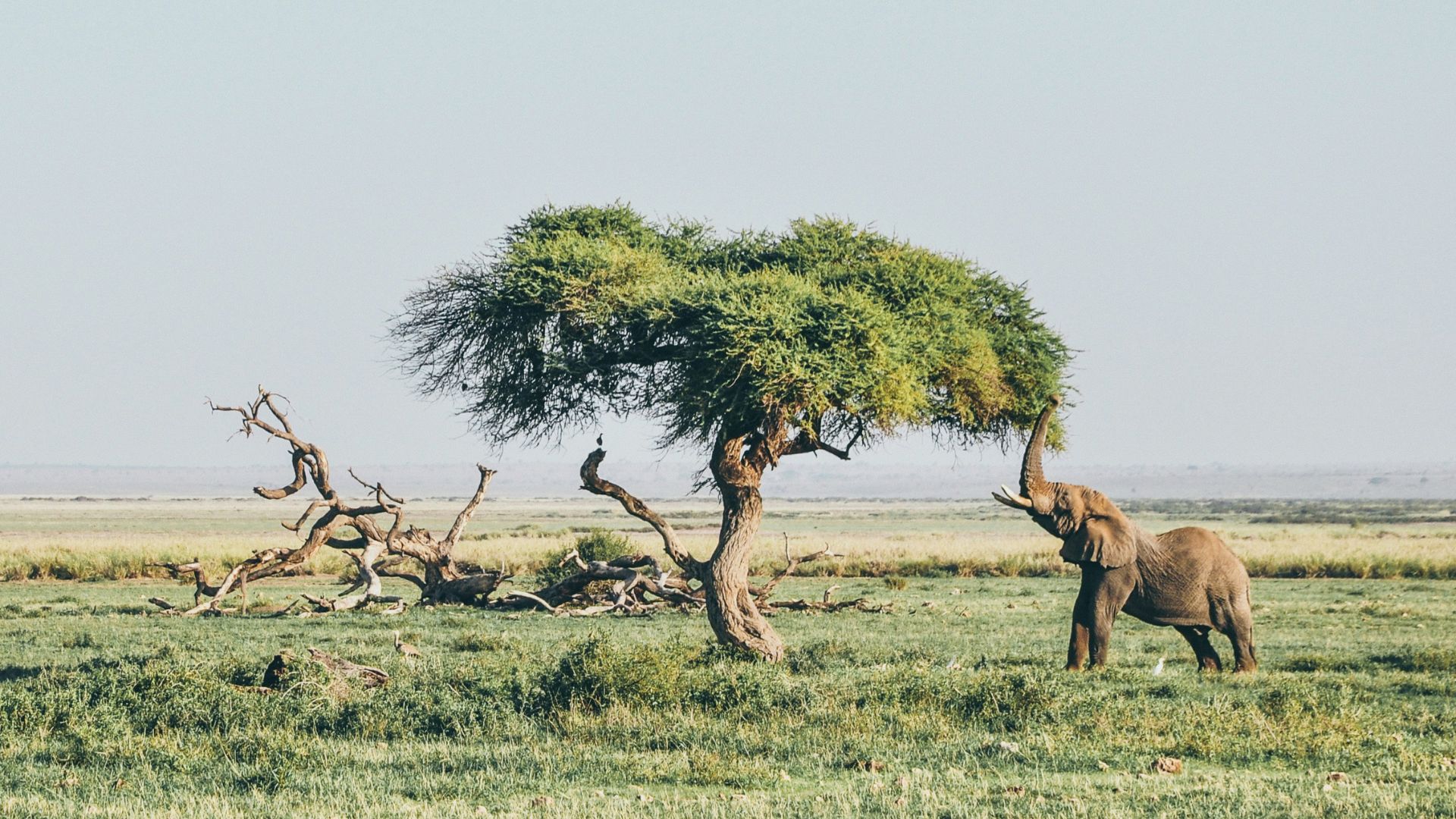
Source: Harshil Gudka/Unsplash
This diversity is a key indicator of Africa’s role as the primary stage for human evolutionary history. Africans’ varied genetic makeup compared to other populations speaks volumes about the continent’s long and complex involvement in human development.
Archaeological and Genetic Evidence Support African Heritage
Africa’s prominence in human evolution is supported by both archaeological finds and genetic data.
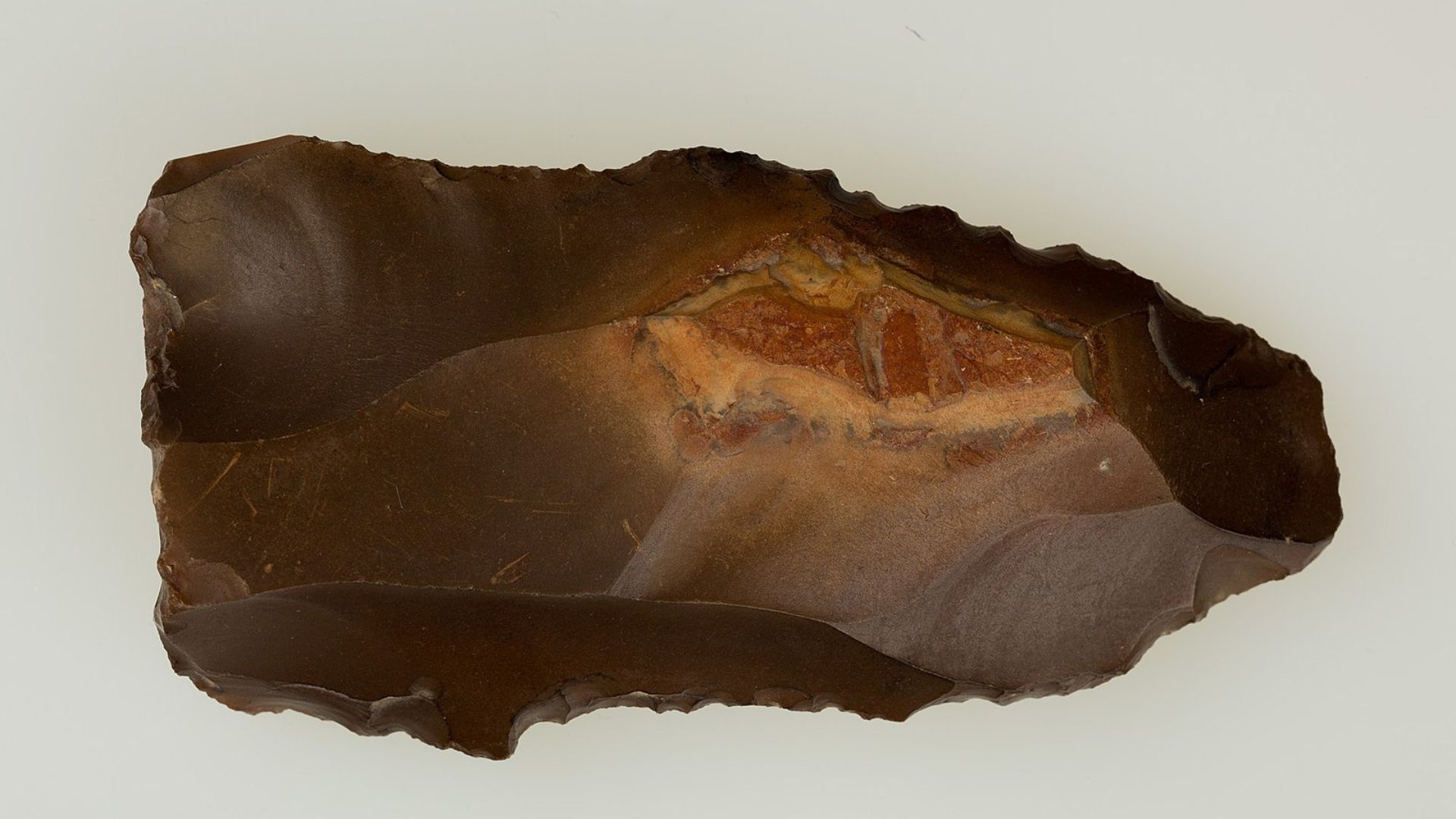
Source: Wikimedia Commons
The continent is home to the oldest known human fossils and artifacts, alongside a rich genetic diversity that underscores its central role in our ancestral story. This combination of evidence firmly places Africa at the heart of human evolutionary research.
Analyzing Genetic Intersections Among African Populations
The study examined DNA from various African groups, including the Mende, Gumuz, Amhara, and Nama, to understand their genetic relationships.

Source: Wikimedia Commons
By comparing their genomes with those of other world populations and ancient hominids like Neanderthals, researchers could glean insights into the complex web of human ancestry and migration.
Linking Human and Neanderthal Evolutionary Paths
The research also explored the genetic connections between modern humans and Neanderthals, finding a shared ancestor that lived 600,000 years ago.
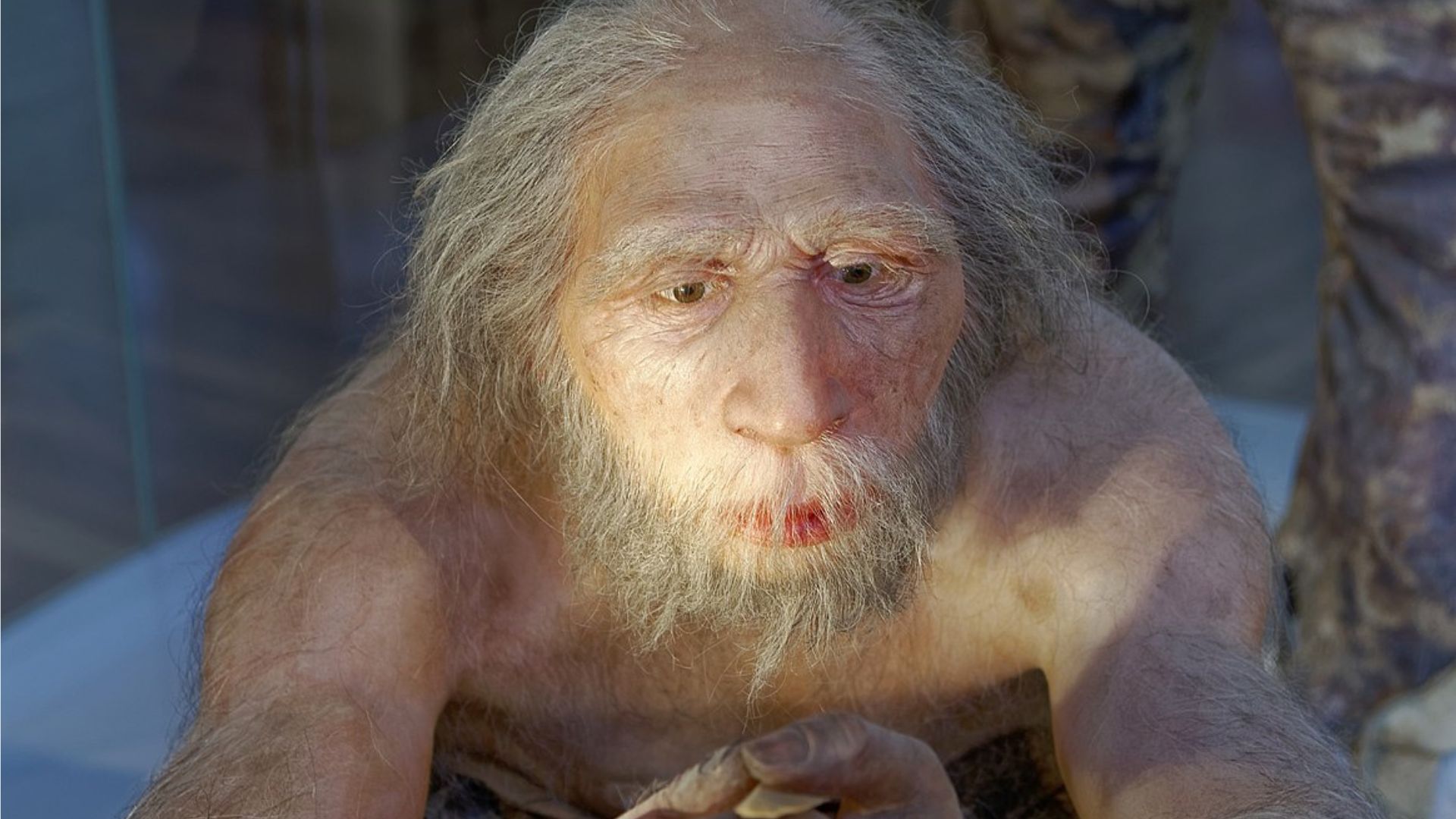
Source: Wikimedia Commons
This link provides a deeper understanding of the evolutionary dynamics and interactions between different human lineages, further complicating our species’ backstory.
Diverse Human Lineages and Their Historical Interactions
The concept of two separate human lineages, Stem1 and Stem2, emerging and evolving in Africa introduces a nuanced perspective on human evolution.
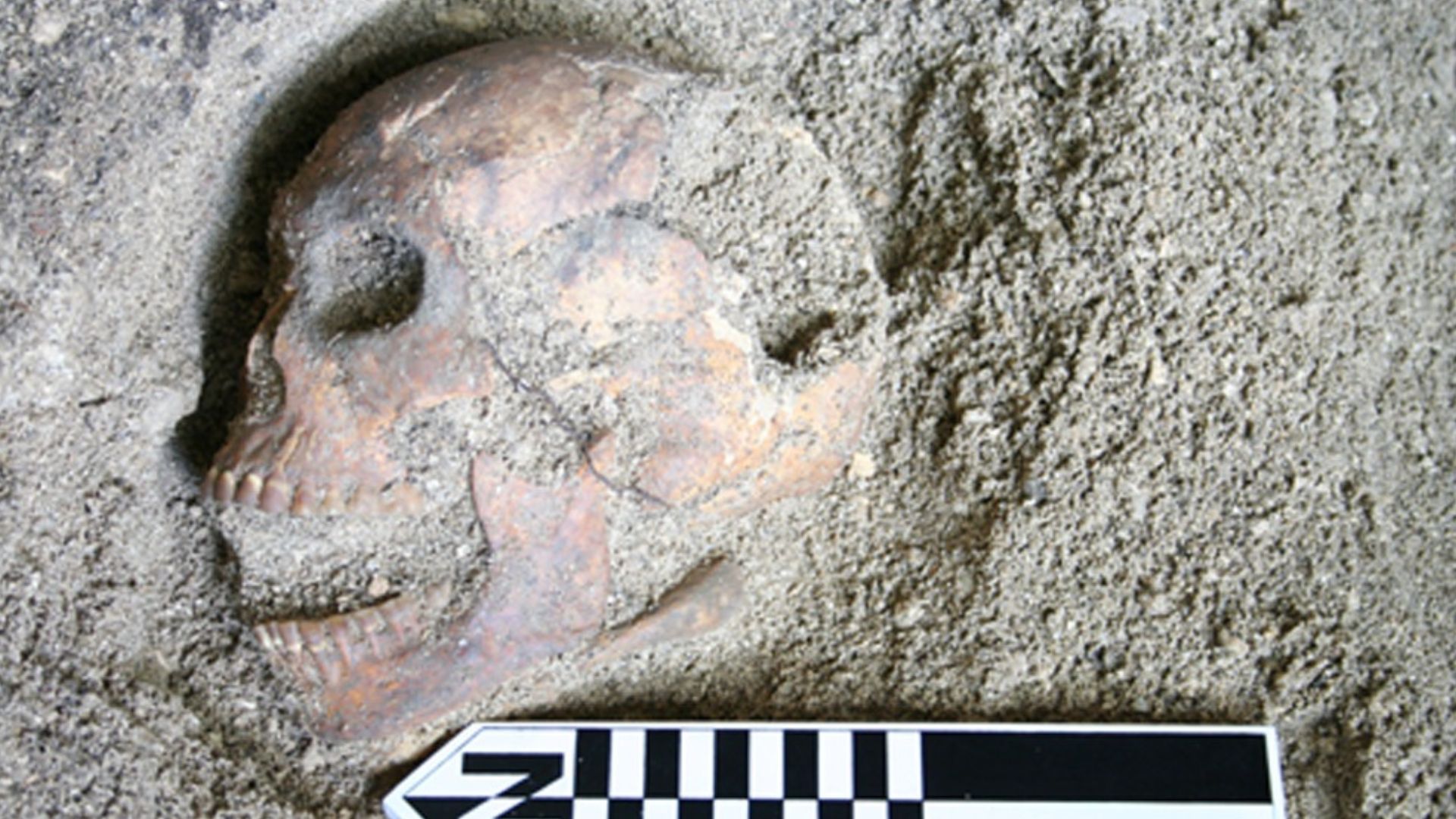
Source: Wikimedia Commons
Their occasional interbreeding and genetic mixing highlight a complex network of human ancestry, contrasting with simpler evolutionary models.
Significant Mergers in Human Prehistory
Around 120,000 years ago, the merging of Stem1 and Stem2 populations in southern Africa marked a crucial evolutionary event.
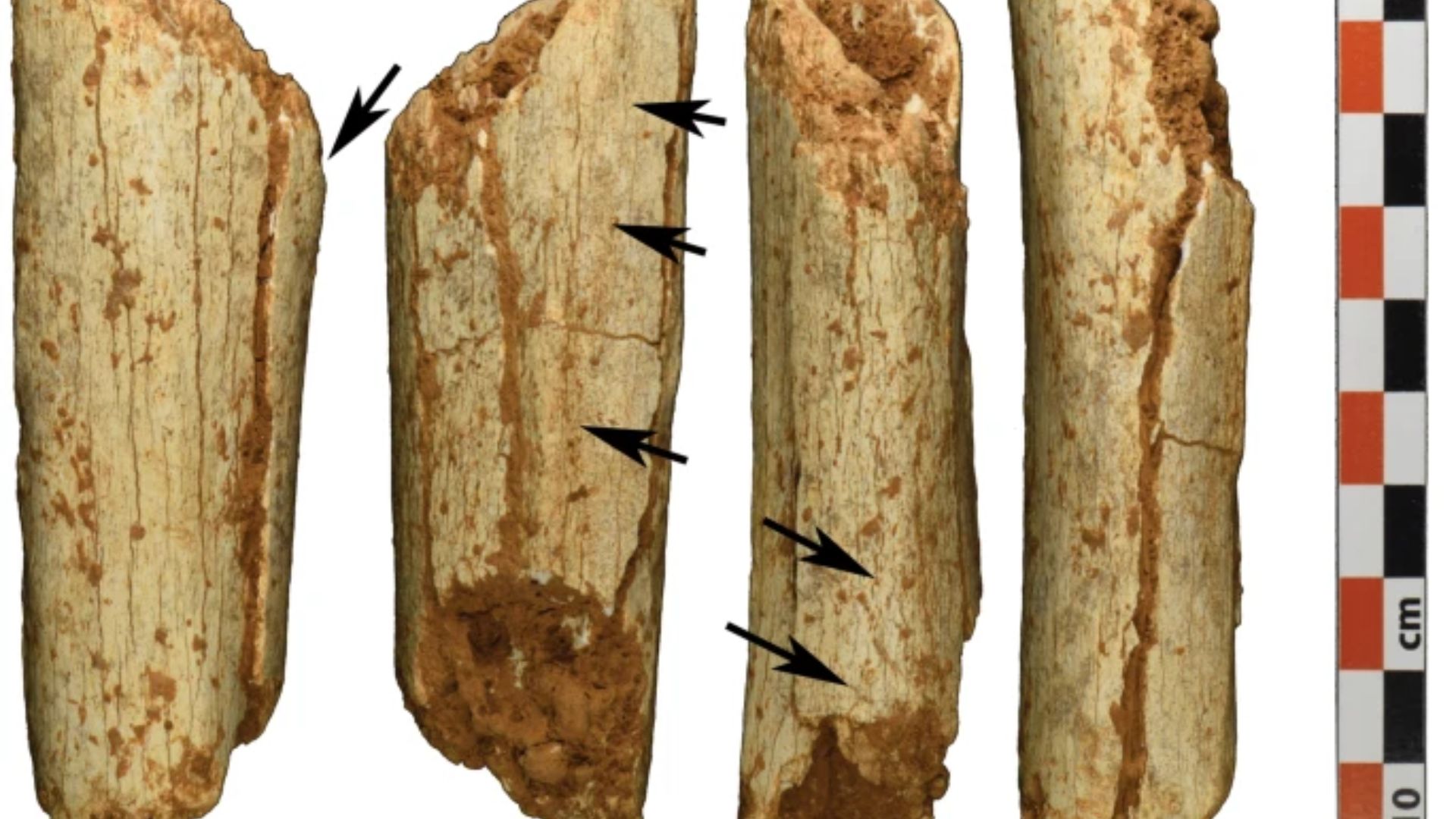
Source: Wikimedia Commons
This and other similar mergers across the continent played vital roles in shaping the genetic landscape of modern humans, indicating a series of interconnected human histories rather than isolated events.
Environmental Influences on Human Evolution
The study suggests that environmental changes could have driven these distinct populations to converge and interbreed.
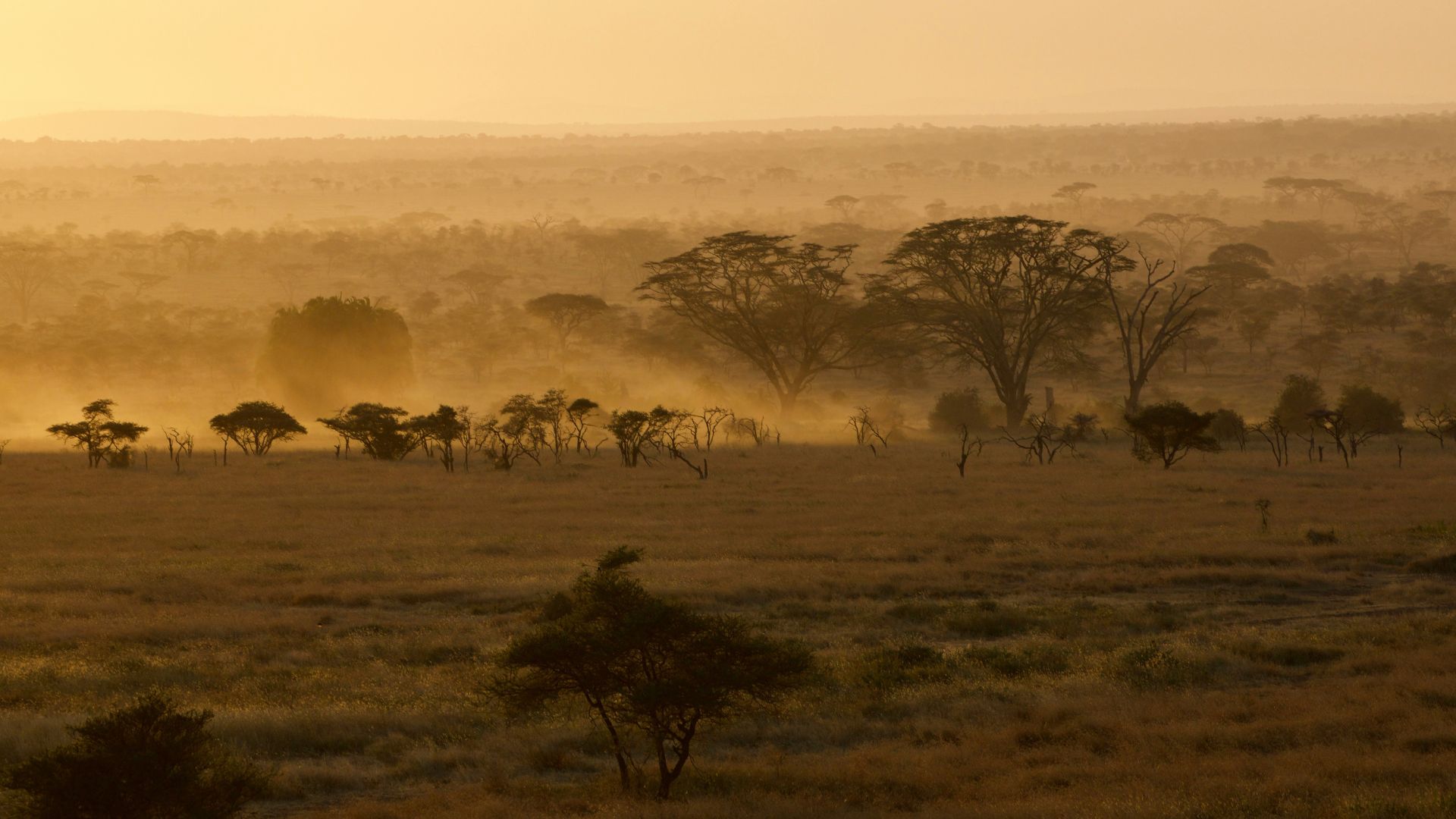
Source: Magdalena Kula Manchee/Unsplash
Fluctuating climates and shifting landscapes likely pressured groups to migrate and interact, facilitating the genetic exchanges that would define our species’ evolutionary trajectory.
Continuing the Search for Our Ancestors
Researchers like Brenna Henn are expanding this genetic analysis by incorporating more African genomes, which may reveal additional layers of human history.
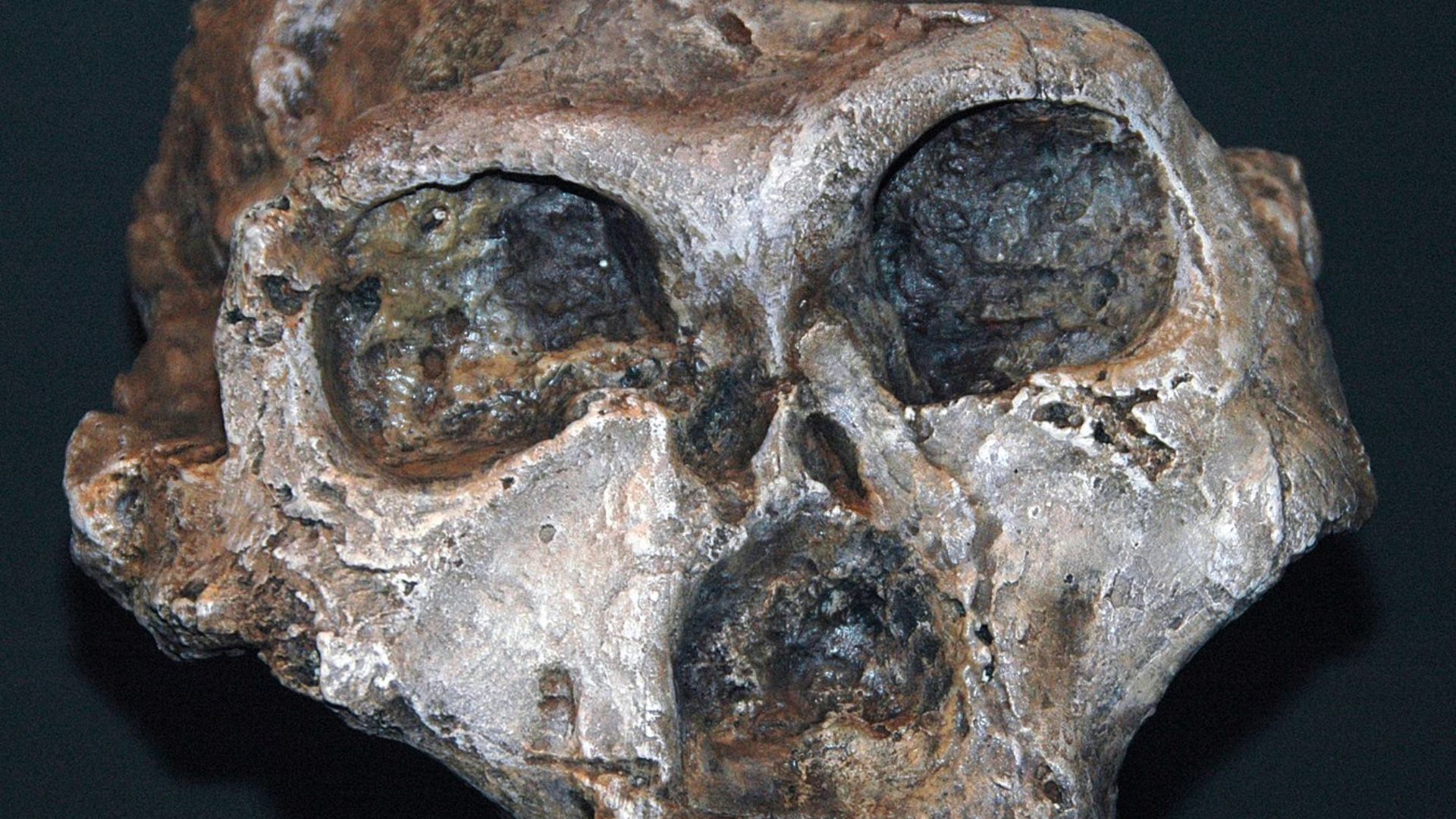
Source: Wikimedia Commons
Each new finding can refine our understanding of how diverse populations contributed to the evolutionary process, highlighting the complexity and richness of our species’ origins.
Genetic Diversity: A Key to Human Survival
The research hints at the possibility that the genetic diversity stemming from our fragmented early history was crucial for human survival and adaptation.

Source: Rob Curran/Unsplash
By maintaining a broad genetic base, our ancestors may have had the resilience to withstand environmental shifts and challenges, enabling the enduring success of Homo sapiens across the globe.
Archaeology Constantly Updates Our Picture of Prehistory
The multifaceted nature of these migration waves challenges previous assumptions about the homogeneity of early human populations outside of Africa.
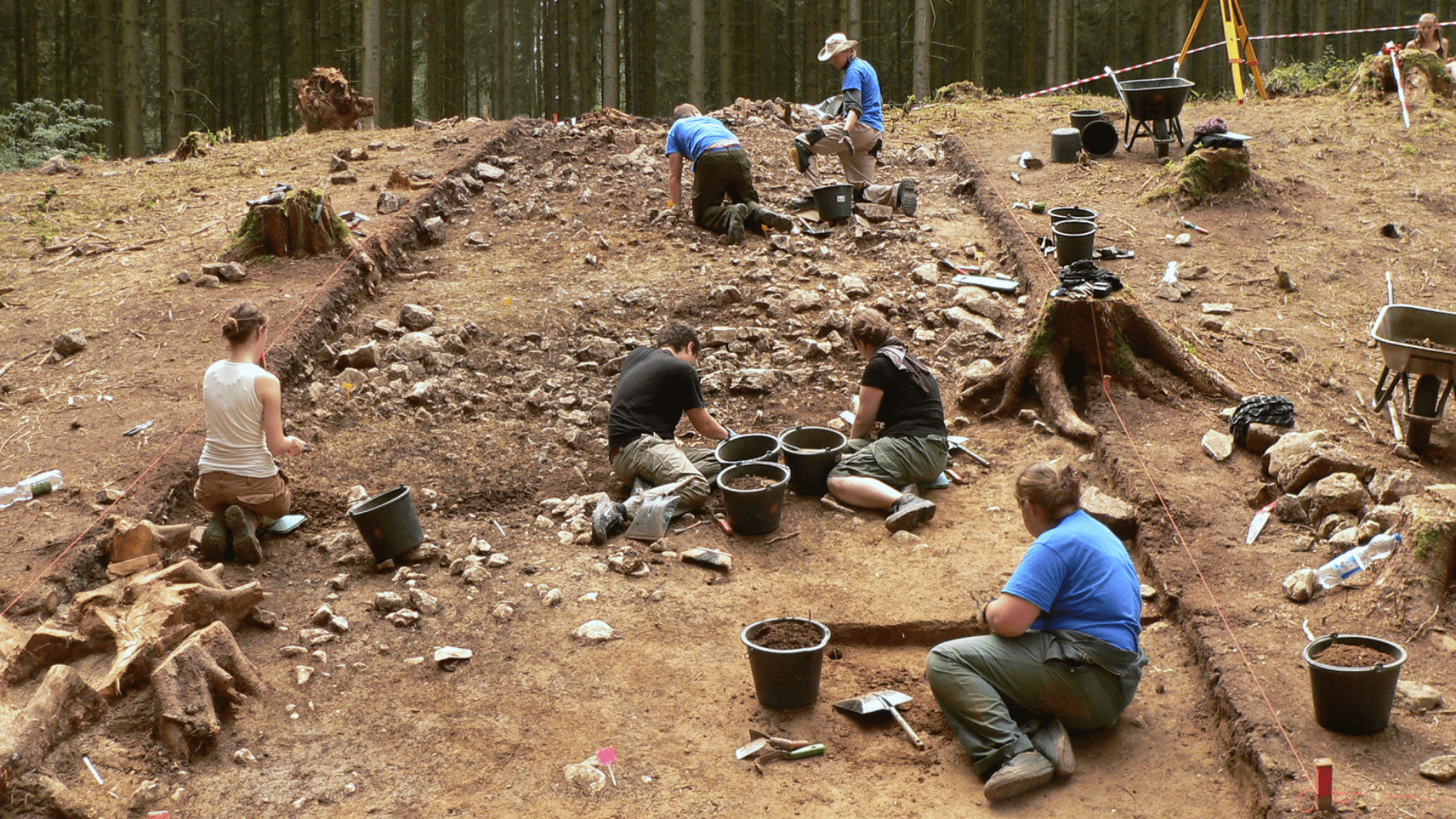
Axel Hindemith/Wikimedia Commons
Instead, it paints a nuanced picture of diverse human species navigating and adapting to varied environments during their dispersal. The implications of these findings extend beyond the realm of archaeology, reaching into the realms of paleoanthropology, ecology, and cognitive science.
A Dynamic Interplay of Environment, Diversity, and Culture
In essence, the reevaluation of the out-of-Africa theory through the lens of Ubeidiya highlights the unfolding intricacy of human evolution.
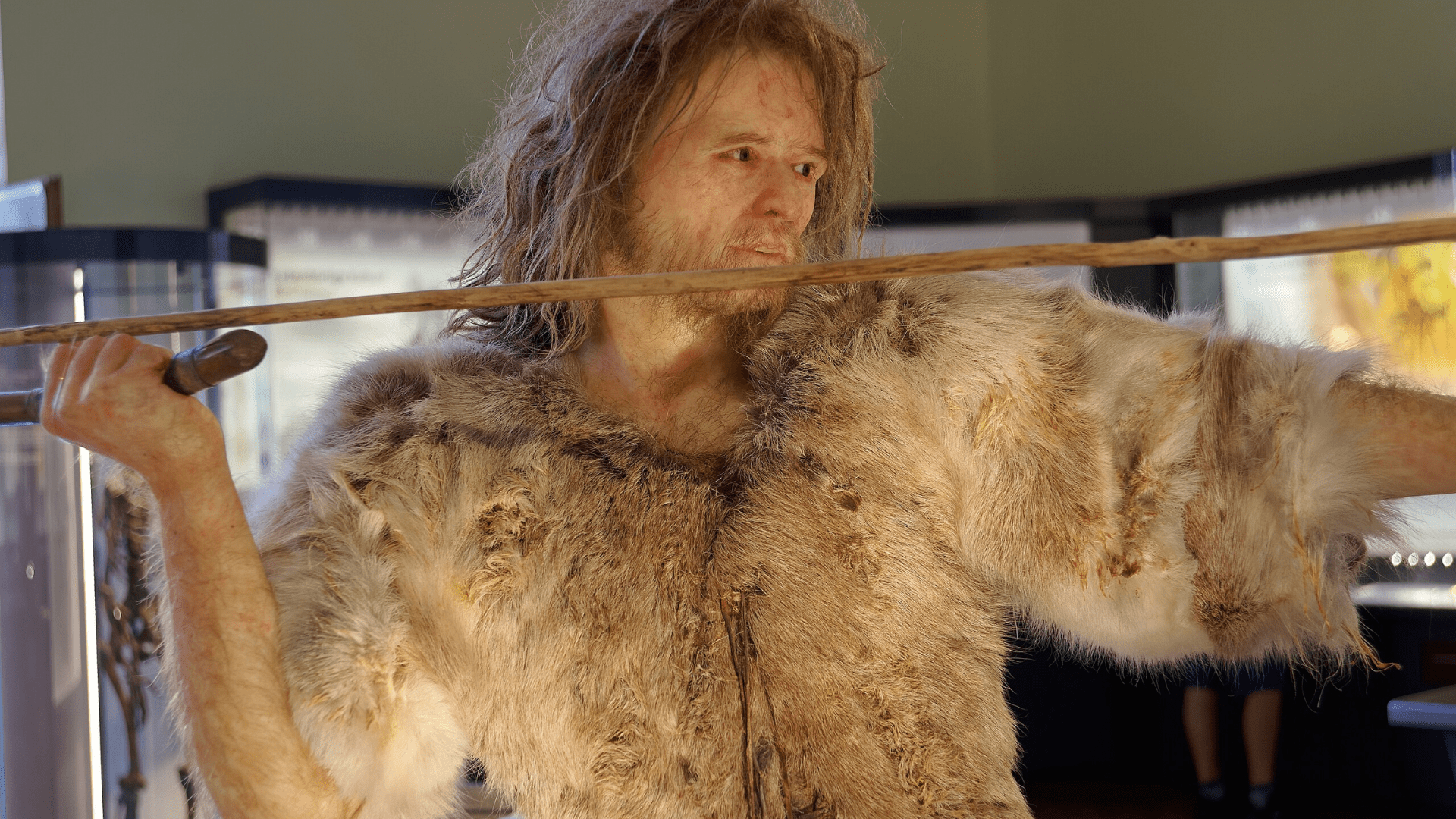
Jakub Hałun/Wikimedia Commons
It suggests a dynamic interplay between environmental factors, species diversity, and cultural practices, shaping the course of human history outside of Africa. As researchers continue to dive deeper into their excavations of these ancient sites, the story of human migration becomes an even more complex story of resilience and adaptation.
Climate Change and Human Migration
Fluctuations in ancient climate played a crucial role in human migration. Changing environments, such as glacial and interglacial periods, created new migration routes and forced early humans to adapt.

Source: Melissa Bradley/Unsplash
These environmental pressures likely led to multiple migration events around the world, with early humans seeking new habitats that could sustain them amidst shifting climates.
Impact of Glacial Periods
During glacial periods, ice sheets covered large parts of the Earth, pushing early humans to migrate to more hospitable regions.
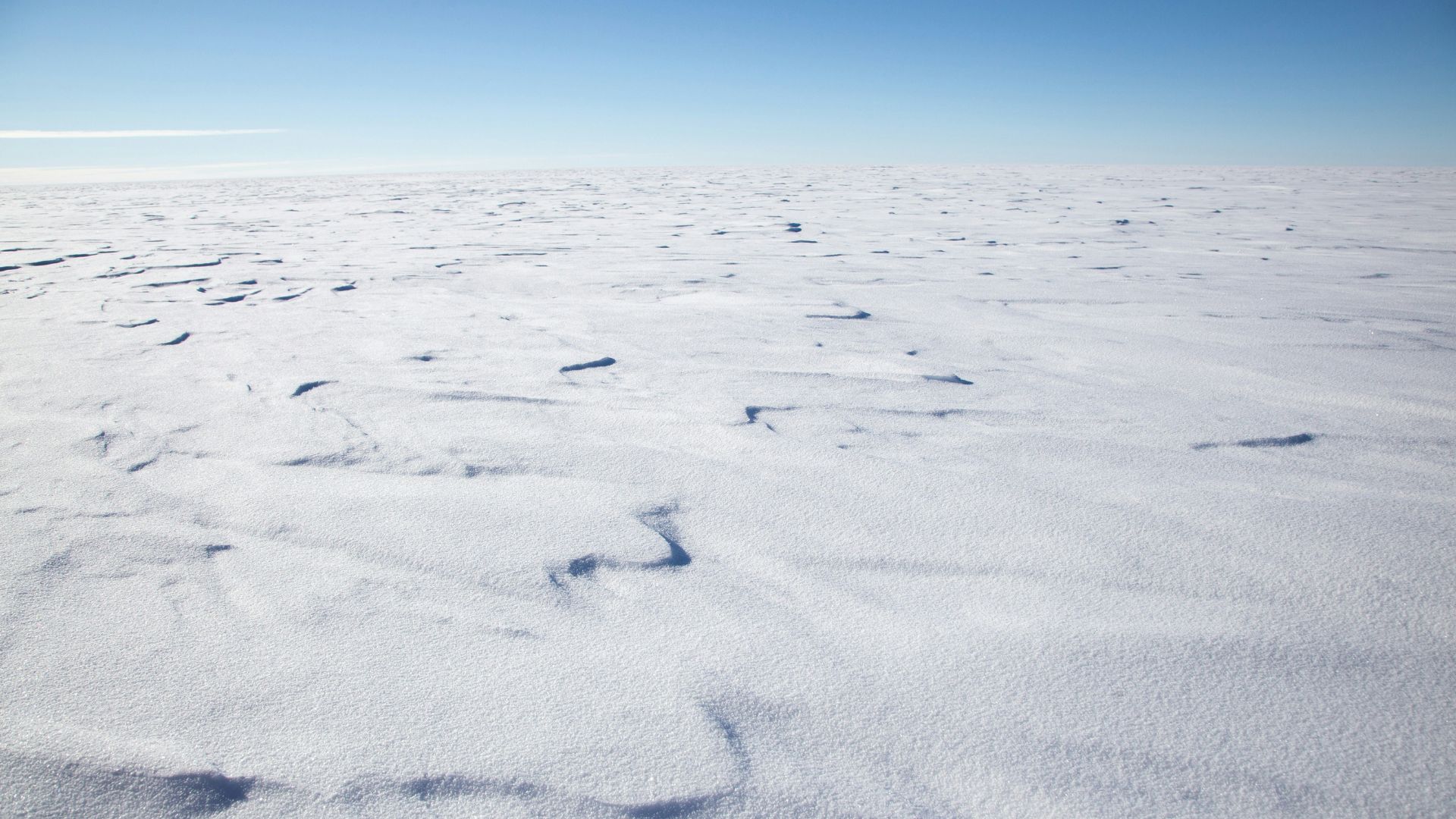
Source: Paul Summers/Unsplash
These migrations were not just one-time events but recurring movements driven by the need to find livable conditions. As ice retreated, new lands became accessible, further complicating the narrative of human migration out of Africa and other areas of the world.
Stone Tool Innovations
Advancements in stone tool technology played a pivotal role in early human migrations. Improved tools allowed early humans to better exploit new environments, aiding in their survival and settlement.
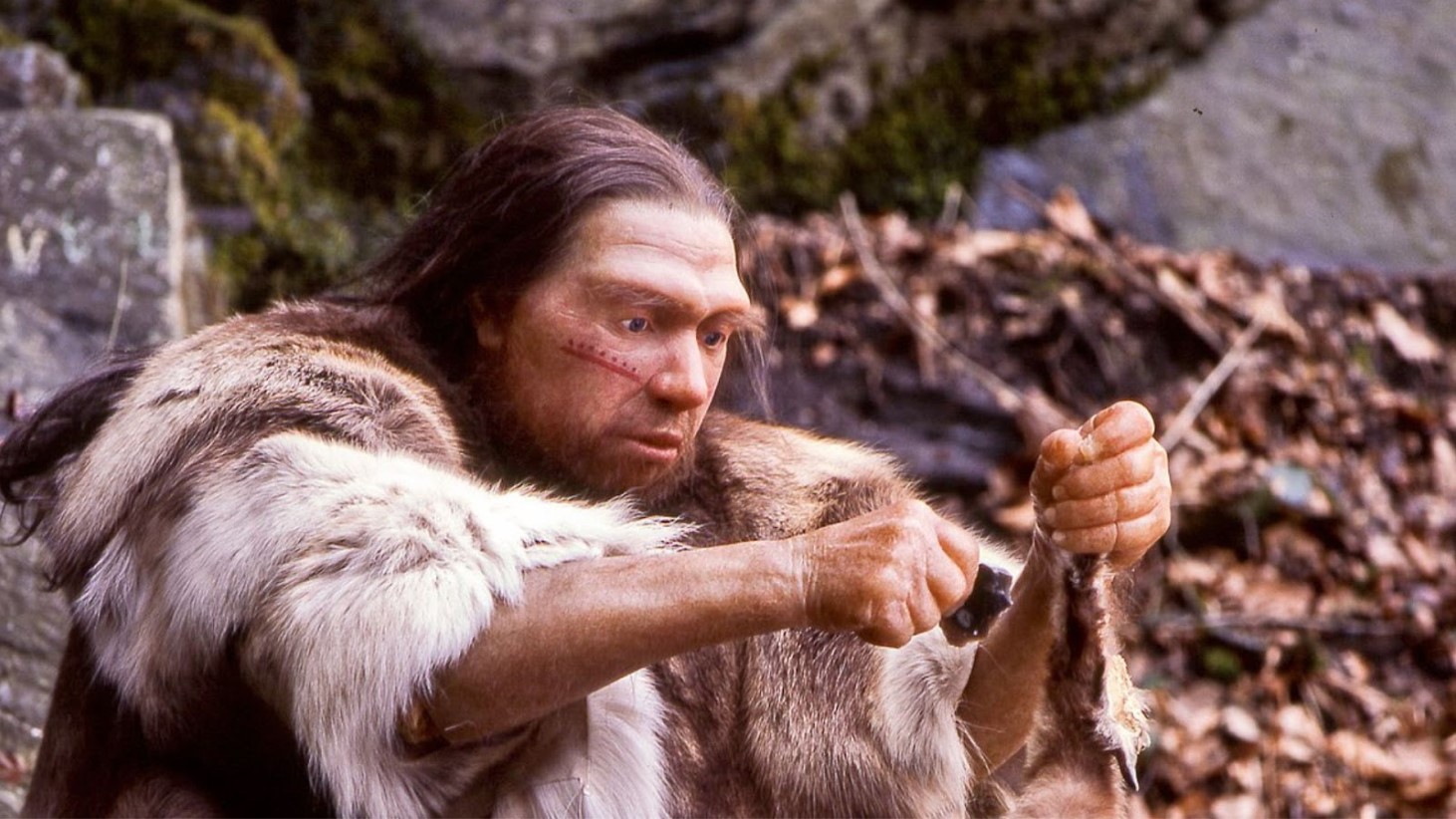
Source: Wikimedia Commons
These technological innovations provided the means to hunt efficiently, process food, and build shelters, enabling early humans to thrive in diverse and challenging habitats beyond Africa.
Cultural Significance of Tools
Stone tools were not just functional but also carried cultural significance. The development and transmission of tool-making techniques reflect the cognitive and social complexities of early humans.

Rodhullandemu/Wikimedia Commons
These tools facilitated migration by enabling groups to adapt to new environments, showcasing the interplay between technological innovation and human dispersal across continents.
Rediscovering Fossil Evidence
Recent excavations at lesser-known archaeological sites have unearthed crucial evidence challenging the out-of-Africa theory. Sites in Asia and Europe, previously overlooked, are now providing new fossil records that reveal diverse migration patterns.
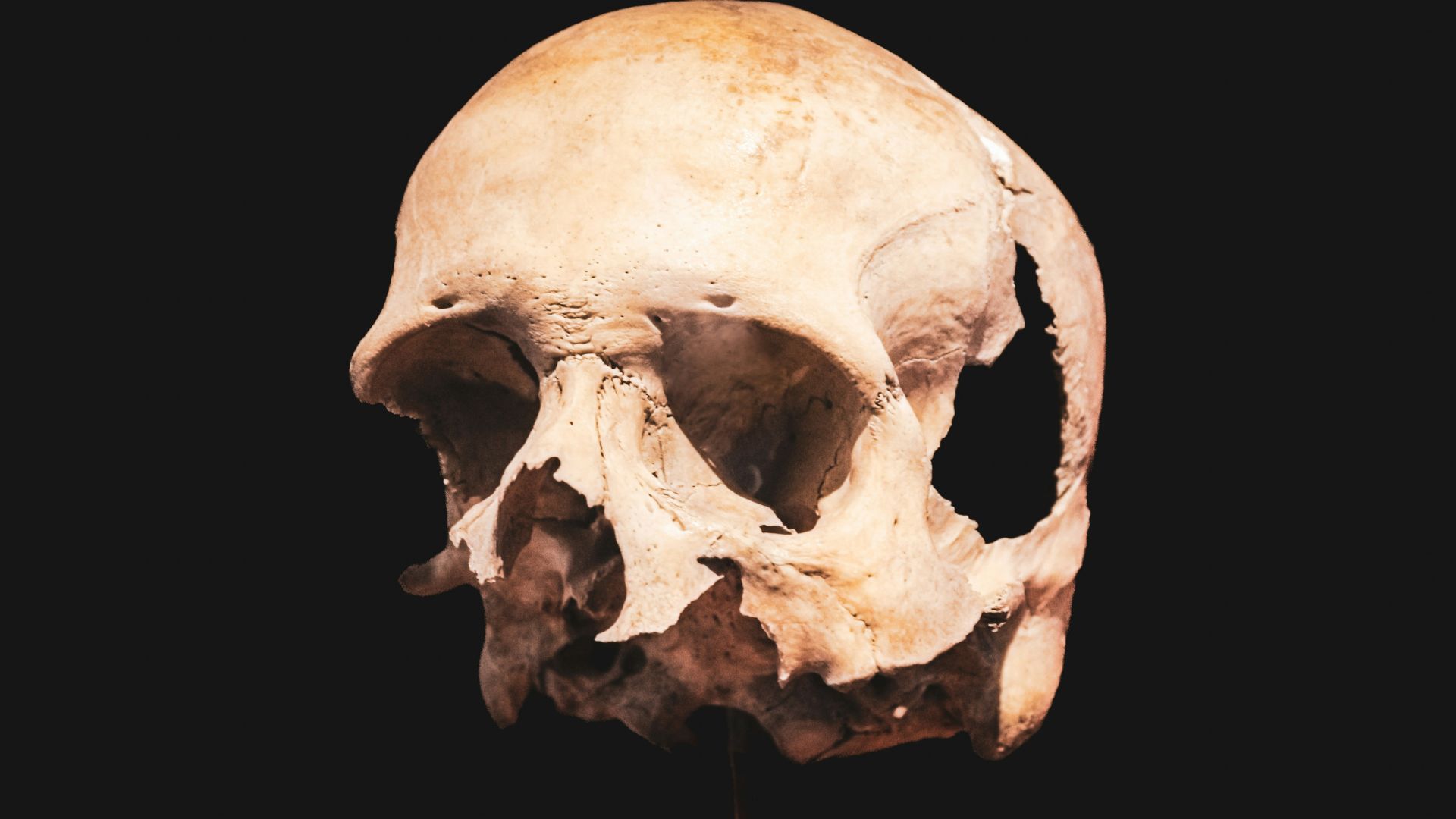
Source: Aldo Hernandez/Unsplash
These findings suggest that early human migration was far more intricate and widespread than previously understood, calling for a reevaluation of existing theories.
Asia's Role in Human Evolution
Discoveries in Asia are reshaping our understanding of early human migration. Fossil evidence from sites like Dmanisi in Georgia and others in China show that early humans reached these regions much earlier than believed.

Source: Onno Blaauw/Unsplash
This suggests a complex web of migration routes, with Asia playing a significant role in the dispersal and evolution of early human species.
Cultural Developments in Early Societies
The development of language, social structures, and symbolic thinking significantly influenced early human migrations. These cultural advancements allowed for better communication, coordination, and survival strategies.

Source: Freepik
As early humans migrated, they carried these cultural traits with them, enabling them to adapt to new environments and form cohesive social groups, which were essential for their survival and success.
Symbolic Thinking and Migration
Symbolic thinking, evidenced by early art and symbolic objects, played a crucial role in human migration. It allowed early humans to plan, communicate abstract ideas, and maintain social cohesion over long distances.
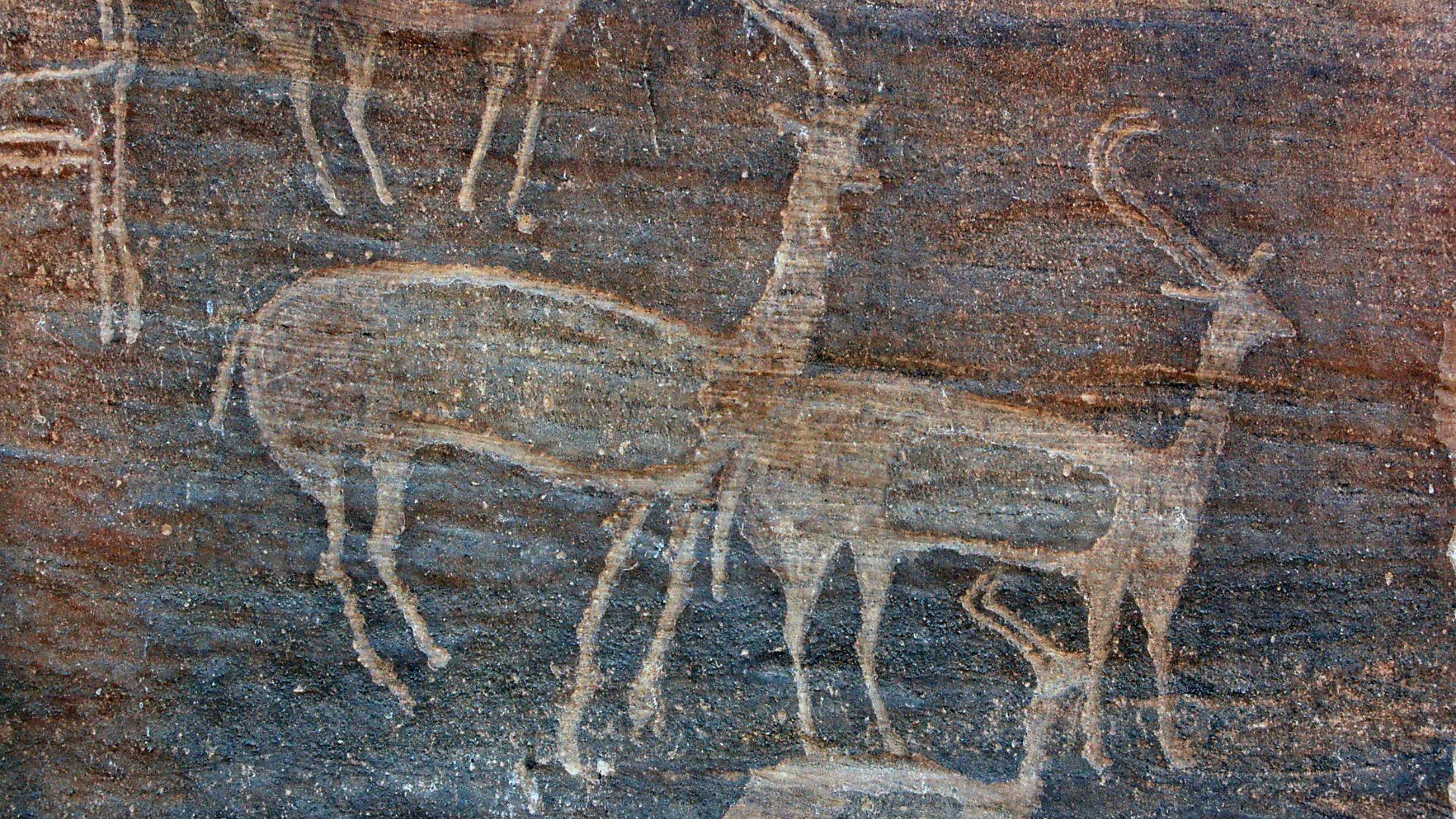
Source: AmandaLewis/Getty Images
This cognitive leap gave them a distinct advantage in adapting to and thriving in diverse environments, further supporting their successful migrations out of Africa.
Technological Advances in Archaeology
Modern archaeological techniques are revolutionizing our understanding of early human migration. Advanced dating methods, 3D scanning, and remote sensing technologies are uncovering new evidence and providing more accurate timelines.

Source: CSIRO
These tools are helping scientists re-evaluate existing findings and discover previously unknown sites, painting a more detailed picture of human dispersal and evolution.
The Role of Remote Sensing
Remote sensing technology is uncovering hidden archaeological sites that were previously inaccessible. This non-invasive method allows researchers to detect buried structures and artifacts without excavation, providing new insights into ancient human settlements.
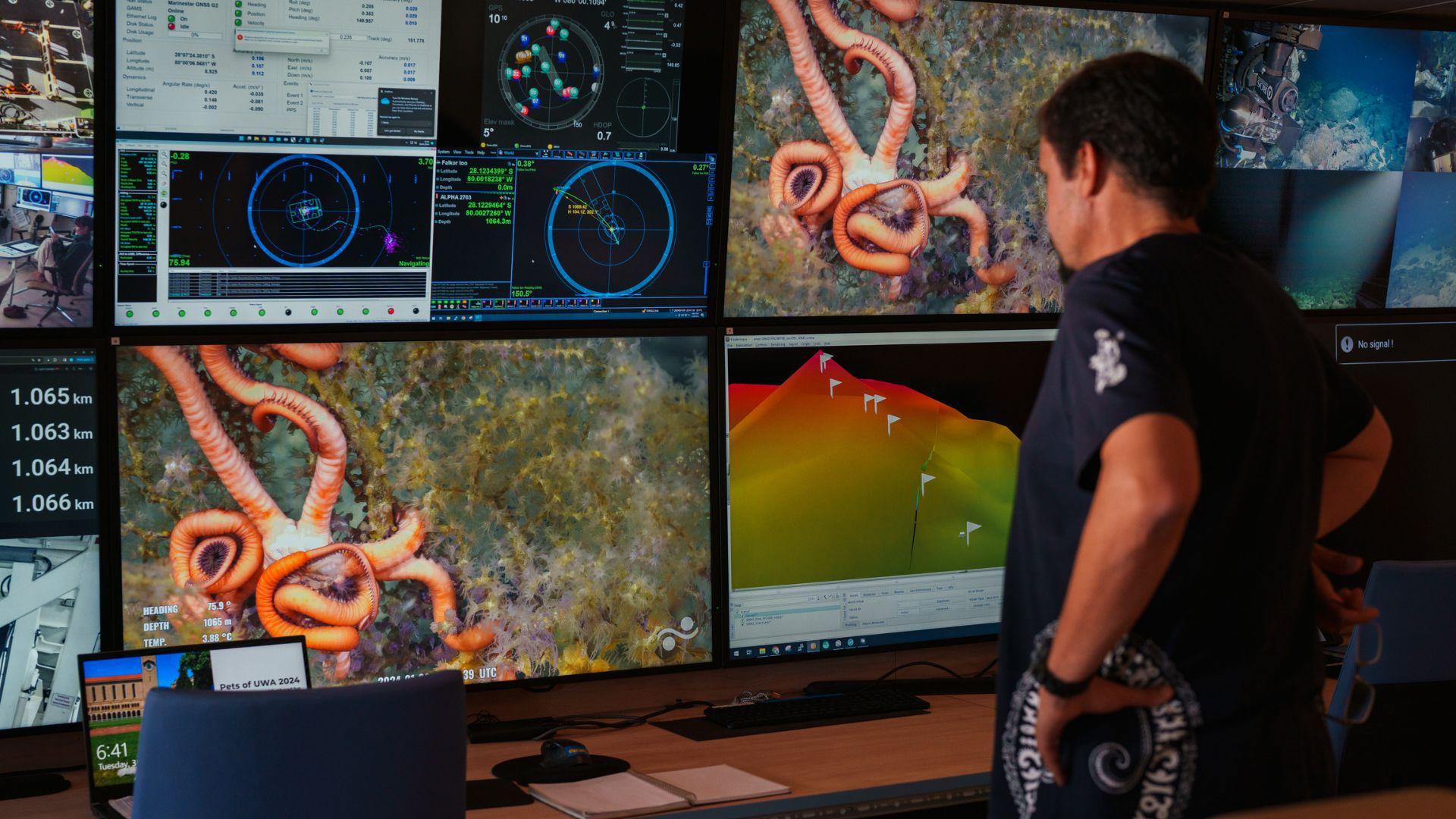
Source: Alex Ingle/Schmidt Ocean Institute
These discoveries are essential for understanding the migration patterns and habitats of early humans, offering a more comprehensive view of our evolutionary history.
Integrating Multidisciplinary Research
A multidisciplinary approach is crucial in studying human evolution. By combining data from genetics, archaeology, anthropology, and other fields, researchers can construct a comprehensive, more holistic picture of early human migration.

Source: Freepik
This integrated perspective reveals the complex interactions between various human species, environmental factors, and technological innovations that shaped our evolutionary journey.
Future Directions in Human Evolution Studies
The future of human evolution research lies in expanding genetic analysis and exploring new archaeological sites. Emerging technologies and interdisciplinary approaches will continue to refine our understanding of early human migrations.
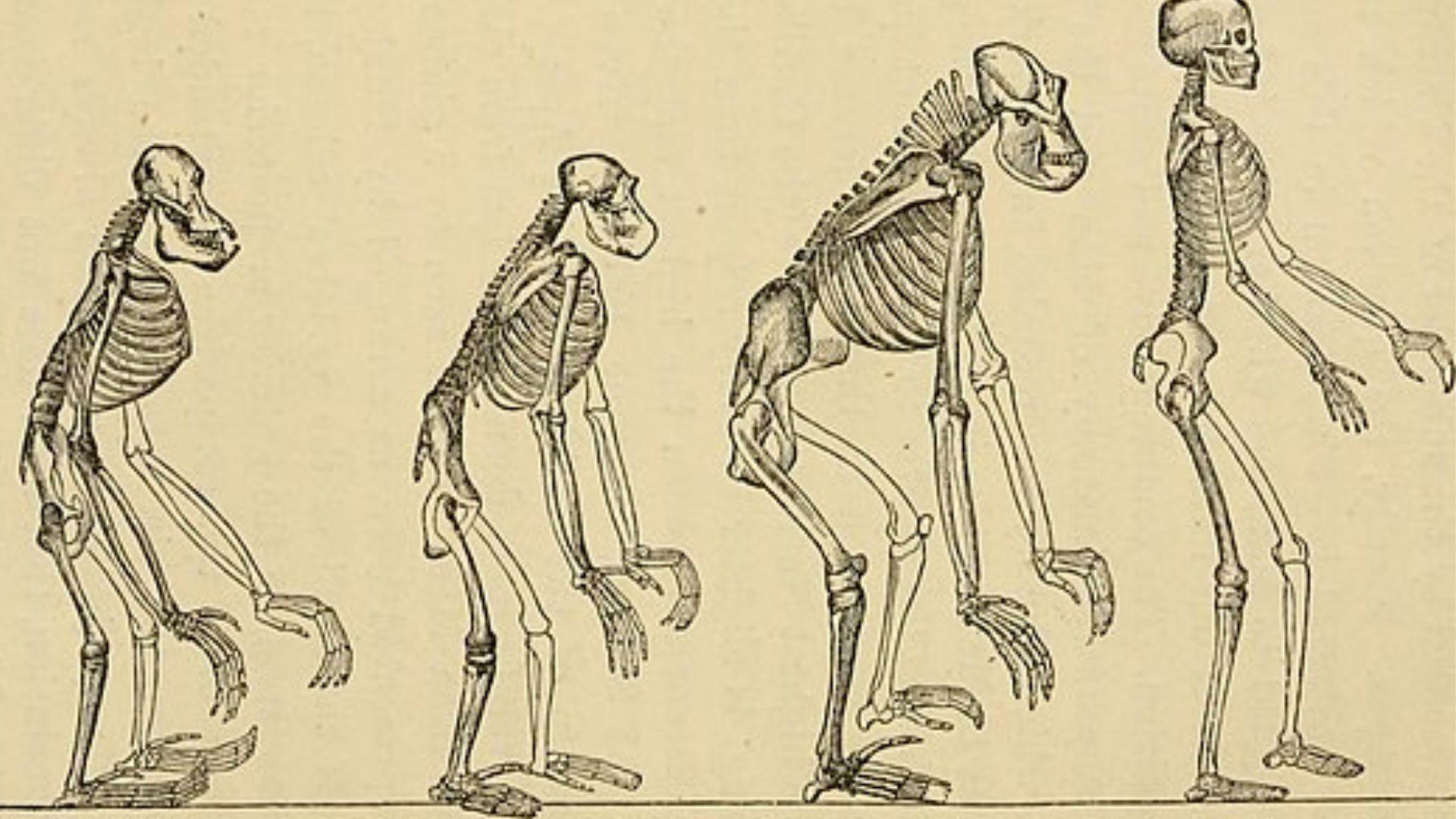
Source: Haeckel, Ernst Heinrich Phillip August/Wikimedia Commons
As researchers uncover more evidence, they will further illuminate the intricate and dynamic processes that have shaped human evolution, challenging and enhancing current theories.
